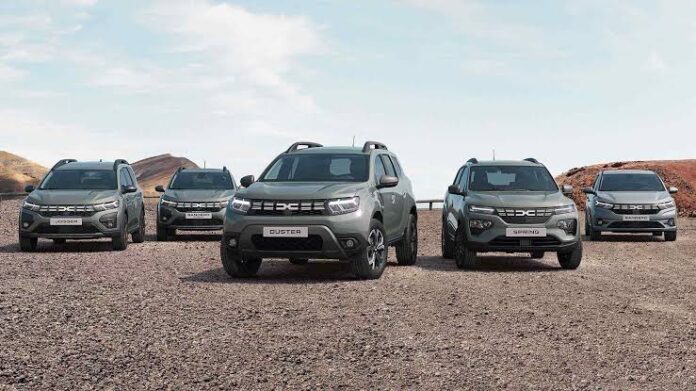The fancy emblem of the Romanian automaker, Dacia Link, was first shown on the Bigster concept in early January 2021. The low-cost brand didn’t spotlight the basic logo with its interlocking “D” and “C” until June, though. Before dealerships began to use the “DC” in early 2022, it was utilised in letterheads and communication materials around the same time.
Apart from changing the former emblem (which was criticised for resembling a bottle opener), Dacia is also adding Lichen Khaki to the colour pallet. The roof rails, side mirror caps, and front and rear skid plates on the Sandero Stepway and Duster will all be finished in Monolith Grey. The “DC” insignia will be placed in the wheel centres on all cars, with the complete “DACIA” inscription on the steering wheel.
Apart from changing the former emblem (which was criticised for resembling a bottle opener), Dacia is also adding Lichen Khaki to the colour pallet. The roof rails, side mirror caps, and front and rear skid plates on the Sandero Stepway and Duster will all be finished in Monolith Grey. The “DC” insignia will be placed in the wheel centres on all cars, with the complete “DACIA” inscription on the steering wheel.
At the end of the year, the first cars with the new badge will be delivered to customers. There aren’t many models that can drive faster than 180 km/h (112 mph), but Dacia will be the first Renault Group brand to do so starting in 2023. The production-ready Bigster, a larger SUV that will be positioned above the Duster, will be a new addition to the portfolio. (http://rxreviewz.com/)
Meanwhile, during the 2022 Paris Motor Show, Dacia will debut the new logo on its vehicles for the first time in October. It’s unclear which models will travel to the City of Light, but the updated corporate logo is being rolled out concomitantly across the whole lineup: Spring, Sandero, Sandero Stepway, Logan, Duster, and Jogger.






